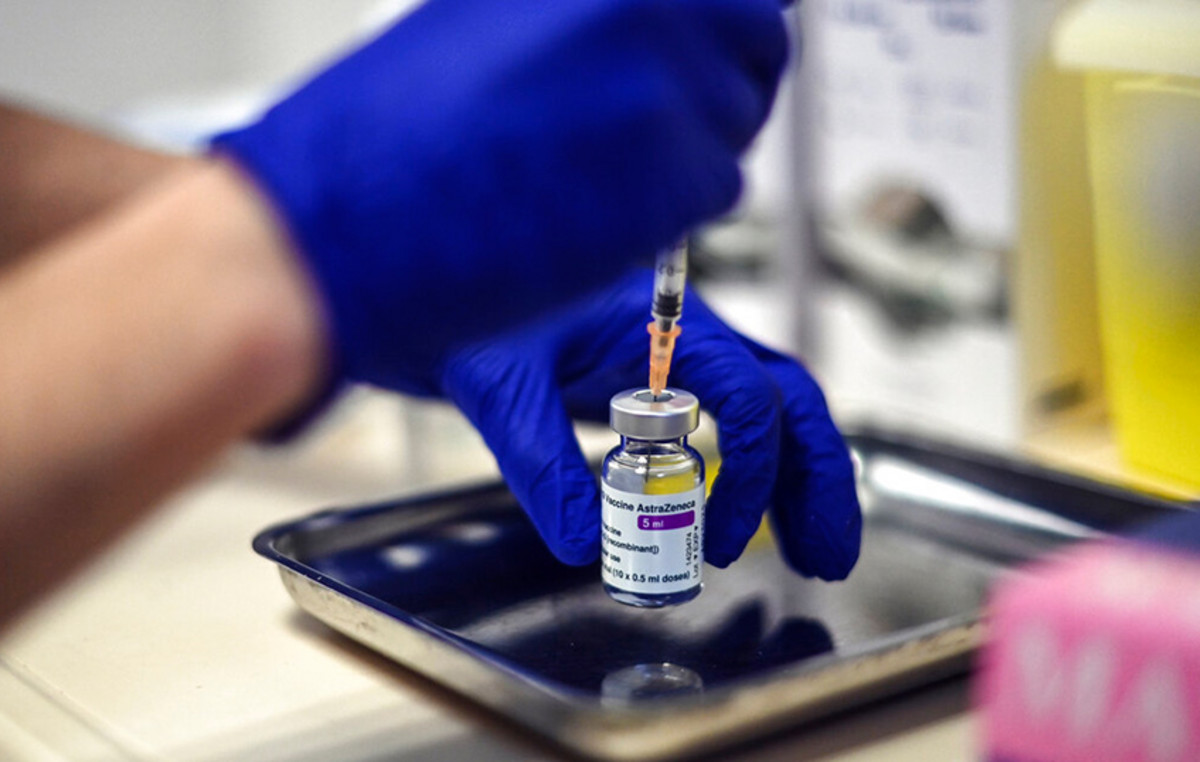After years of continually rising opioid overdoses, the U.S. Centers for Disease Control and Prevention reported that overdose deaths will decrease by 3% in 2023, the first annual decrease since 2018. A new study shows how the rise in opioid use Naloxone by laypeople may be a contributing factor to this decline.
Making naloxone, a medication used to reverse opioid overdoses also known as Narcan, more accessible could be part of concerted efforts to increase lay intervention.
The new study, published Monday in JAMA Network Open, says that from June 2020 to June 2022, emergency medical services (EMS) reported 744,078 patients receiving naloxone in the US. The researchers found that documented use rates in EMS fell 6.1% over this period, but the percentage of people who received naloxone from a layperson before arriving at the emergency room increased 43.5% .
“The fact that we saw a 43.5% increase allows us to say that public health efforts are working,” he said. Chris Gage lead author of the study.
Naloxone, which is commonly used as a nasal spray, reverses an overdose by blocking the effects of opioids. The medicine restores breathing in two to three minutes in people whose breathing has slowed or stopped due to overdose, usually with just one dose. However, experts recommend calling 911 whenever someone is overdosing, as they may need medical attention even after taking the medicine.
“There is no real medical training required. It’s as easy as spraying flu spray up someone’s nose. Just showing people that they can do something to potentially save someone’s life is the ultimate goal,” Gage said.
New research’s “significant increase” in layman use of naloxone underscores the drug’s evolving role in public health strategies to address the opioid crisis, putting the medicine in the hands of bystanders who can help save lives before first responders do. arrive.
“People who reverse overdoses are very likely to reverse more than one overdose,” said Dr. Nabarun Dasgupta, a senior scientist at the University of North Carolina at Chapel Hill who was not involved in the new research.
“The evidence base for the effectiveness of naloxone is really focused on getting the medicine to people who use drugs and the people around them,” he continued.
Only 3.4% of the 744,078 naloxone recipients in the study obtained the medication from a layperson, and Gage expects the number to continue to rise. Naloxone became available over the counter in September 2023 with a suggested retail price of about $45 per two-dose box.
“Naloxone is a life-saving medication. We are in the middle of an opioid epidemic. Now that it’s over-the-counter, there should be even more access for people to get it. If someone knows someone who has an opioid addiction, that person can potentially give them a life-saving medication.”
Despite its greater availability, barriers still prevent some opioid users from accessing naloxone.
“Narcan nasal spray has been a multibillion-dollar monopoly for the better part of a decade. That’s changed in the last year and a half, but…states are paying more for naloxone than they should,” Dasgupta said.
Medicine can reduce risk of death in people with heart problems
This content was originally published in Use of medication for opioid overdose increased 43% from 2020 to 2022, says study on the CNN Brasil website.
Source: CNN Brasil
I am an experienced journalist and writer with a career in the news industry. My focus is on covering Top News stories for World Stock Market, where I provide comprehensive analysis and commentary on markets around the world. I have expertise in writing both long-form articles and shorter pieces that deliver timely, relevant updates to readers.







